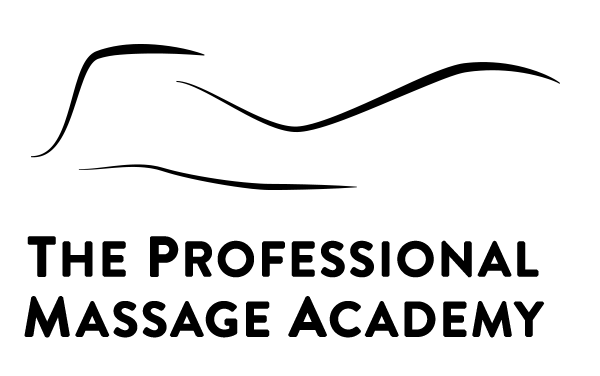Anatomy and physiology are undeniably two of the most challenging subjects for massage therapy students, yet they are crucial for building a strong foundation in the field. Understanding the human body on a deeper level empowers massage therapists to provide more effective treatments, leading to improved client outcomes. By mastering these subjects, you gain the knowledge and skills necessary to tailor your techniques to each client’s unique needs. Here are some effective strategies that can help you succeed in mastering anatomy and physiology.
Effective Note-Taking and Study Strategies
One key to mastering anatomy is developing an organized and thorough note-taking system. The human body is complex, so creating detailed notes that include diagrams and color-coded sections can help you retain information more effectively. Visual aids are particularly useful when studying muscles, bones, and bodily systems, as they allow you to visualize the structure and function of each part. Breaking down complicated structures into manageable pieces can make learning more digestible.
Regularly quiz yourself on specific muscles or anatomical regions. This technique not only helps reinforce your knowledge but also highlights areas where you may need additional focus. Flashcards can also be a powerful tool in helping you memorize essential terms and concepts. Additionally, form study groups with fellow students to enhance your learning by discussing concepts, sharing notes, and practicing quizzes together.
Utilizing Online Resources and Applications
In today’s digital age, there are numerous online resources and applications that can supplement your anatomy studies. Apps like 3D4Medical’s Complete Anatomy offer interactive, 3D visualizations of the human body. These allow you to rotate, zoom, and dissect different systems, providing a comprehensive view of how muscles, bones, and organs interact. Visual learners will benefit immensely from these tools, as they bridge the gap between textbook learning and real-world application.
Beyond apps, websites such as Kenhub, TeachMeAnatomy, and Visible Body offer detailed tutorials, videos, and quizzes. These resources are great for reviewing specific topics or revisiting lessons at your own pace. By taking advantage of these digital tools, you can deepen your understanding of anatomy and physiology while reinforcing your classroom learning.
Connecting Anatomy to Massage Techniques
To truly master anatomy, it’s important to connect your studies directly to your hands-on massage practice. Each time you perform a massage, think about the muscles, bones, and systems that lie beneath your fingers. For instance, when working on a client’s shoulders, visualize the trapezius, deltoids, and scapula. This awareness not only helps you improve your anatomical knowledge but also enhances your ability to address client-specific concerns.
By applying your anatomy knowledge to real-world situations, you’ll better understand how to tailor your techniques to relieve tension, improve mobility, and support healing. This also builds confidence in your ability to provide well-informed, effective treatments. Over time, this practice will strengthen your intuition, allowing you to locate and treat problem areas more efficiently.
Achieving Success in Anatomy and Physiology
Anatomy and physiology are foundational subjects in massage therapy education. While challenging, they are incredibly rewarding when applied to your practice. By implementing effective note-taking strategies, utilizing cutting-edge apps, and linking your studies to your massage techniques, you will deepen your understanding of the human body and enhance the treatments you offer to clients. Success in these subjects not only leads to academic achievement but also empowers you to become a more knowledgeable and confident massage therapist.
Mastering anatomy and physiology is key to providing treatments that truly make a difference. With a solid foundation in these subjects, you can help your clients achieve better health, faster recovery, and long-term well-being.


Recent Comments